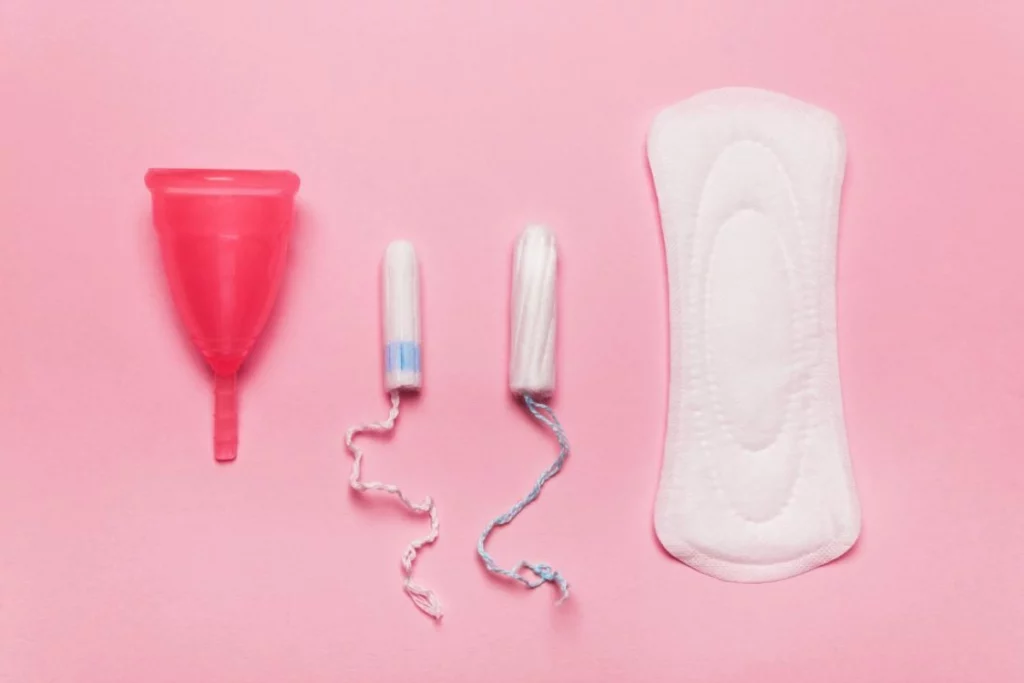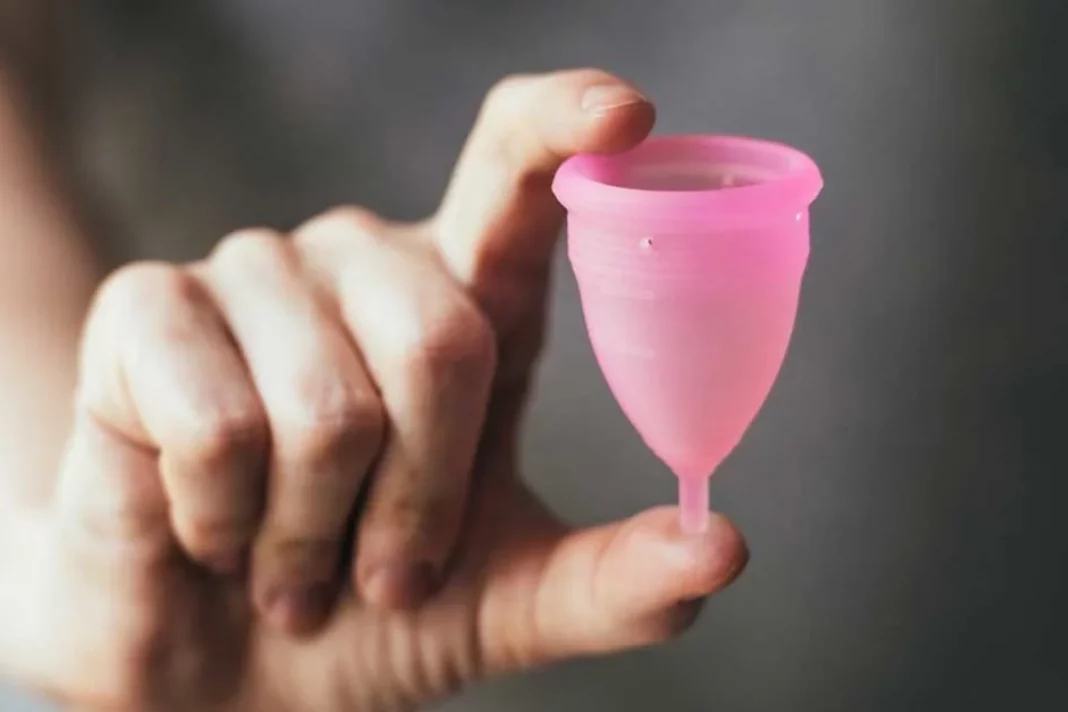Menstrual cups: Menstrual cups are emerging as one of the most popular form of menstrual hygiene product. More and more women, especially in Western countries, are choosing them mainly because of their reusability.
Those who use them, find them eco-friendly. They reduce waste created by the plastic, non-recyclable, and non-biodegradable materials present in disposable pads and tampons.
Menstrual cups are reusable funnel-shaped cups made of silicone, rubber, or latex that collect period blood. They are inserted into the vagina and sit at the bottom of the cervix, forming a seal to prevent leaks.
They come in a variety of sizes and shapes to fit different body types and menstrual flows. You can empty them, wash and reuse them for many years. This makes them an eco-friendly and inexpensive option as against pads or tampons.
How to use menstrual cups
Clean your hands thoroughly with soap and water.
Fold the menstrual cup to make a C-shape.
Insert the cup either standing or with one leg up. You can also insert while sitting on the toilet, or squatting.
Pointing slightly toward your tailbone, insert the folded cup gently into your vagina. It should sit just below your cervix, forming a seal against the vaginal walls.
Once it’s inserted, use your finger to check that it’s fully open and in position. If you feel any discomfort or pressure, adjust the position of the cup.
You can wear the cup for up to 12 hours, depending on your flow. You may need to empty it more frequently during heavier flow.
To remove the cup, gently pinch the base of the cup to release the seal and then pull it out.
Empty the cup into the toilet or sink and wash it thoroughly with warm water. Boiling the cup in water for a few minutes between cycles is also recommended to sterilise it.
Once the cup is properly cleaned, reuse it.
You may need some practice to get used to menstrual cups, but then it’s a comfortable, cost-effective, and eco-friendly alternative to traditional menstrual products.
Advantages of menstrual cups
Menstrual cups have several benefits, including cost-effectiveness, comfort, less risk of leaking, amongst others.
Menstrual cups are reusable. They can last for years which reduces the amount of waste generated by disposable menstrual products.

Disposable menstrual products often contain plastic, which takes years to decompose and harms the environment. Menstrual cups are made of medical-grade silicone, rubber, or latex, which are more eco-friendly.
Menstrual cups have a lower risk of toxic shock syndrome compared to tampons.
What are the disadvantages
Like any menstrual product, menstrual cups can increase the risk of infection if not properly cleaned.
Some women may find inserting or removing a menstrual cup difficult or uncomfortable.
They may cause discomfort or pain but such cases are rare.
Disclaimer: This material, including advice, provides general information only. It is in no way a substitute for a qualified medical opinion. Take the methods, and claims mentioned in this article as suggestions only; DNP India does not confirm or refute them. Consult a doctor before implementing any such suggestions/ treatment/medicine/diet.
Keep watching our YouTube Channel ‘DNP INDIA’. Also, please subscribe and follow us on FACEBOOK, INSTAGRAM, and TWITTER.


